If you are considering getting a small tattoo removed, understanding how many sessions it will take can be key to making an informed decision. Laser tattoo removal involves most often using Q-switched lasers that have become a mainstay of modern dermatology and plastic surgery practices. However, the number of sessions required for effective laser tattoo removal varies with each individual case and is based upon a range of contributing factors such as size, color, and skin type, among others that must be taken into consideration. This article will provide insight into this important question in order to help guide your decision-making process when it comes to either keeping or removing a small body art piece.
Tattoo Removal
Tattoo removal begins with the use of high-intensity laser beams that are directed toward the pigments of the tattoo. These laser pulses break down the pigments into smaller particles, which are then gradually eliminated by the body’s immune system. This process is quite complex and relies on the body’s natural ability to remove these foreign particles.
Depending on the size and color of your tattoo, the process may require several sessions to effectively break down the pigments and allow the body to dispose of them. Darker inks, such as black and blue, absorb all laser wavelengths and therefore are easier to remove, while lighter colors, like green and yellow, selectively absorb laser light and are therefore more challenging to remove.
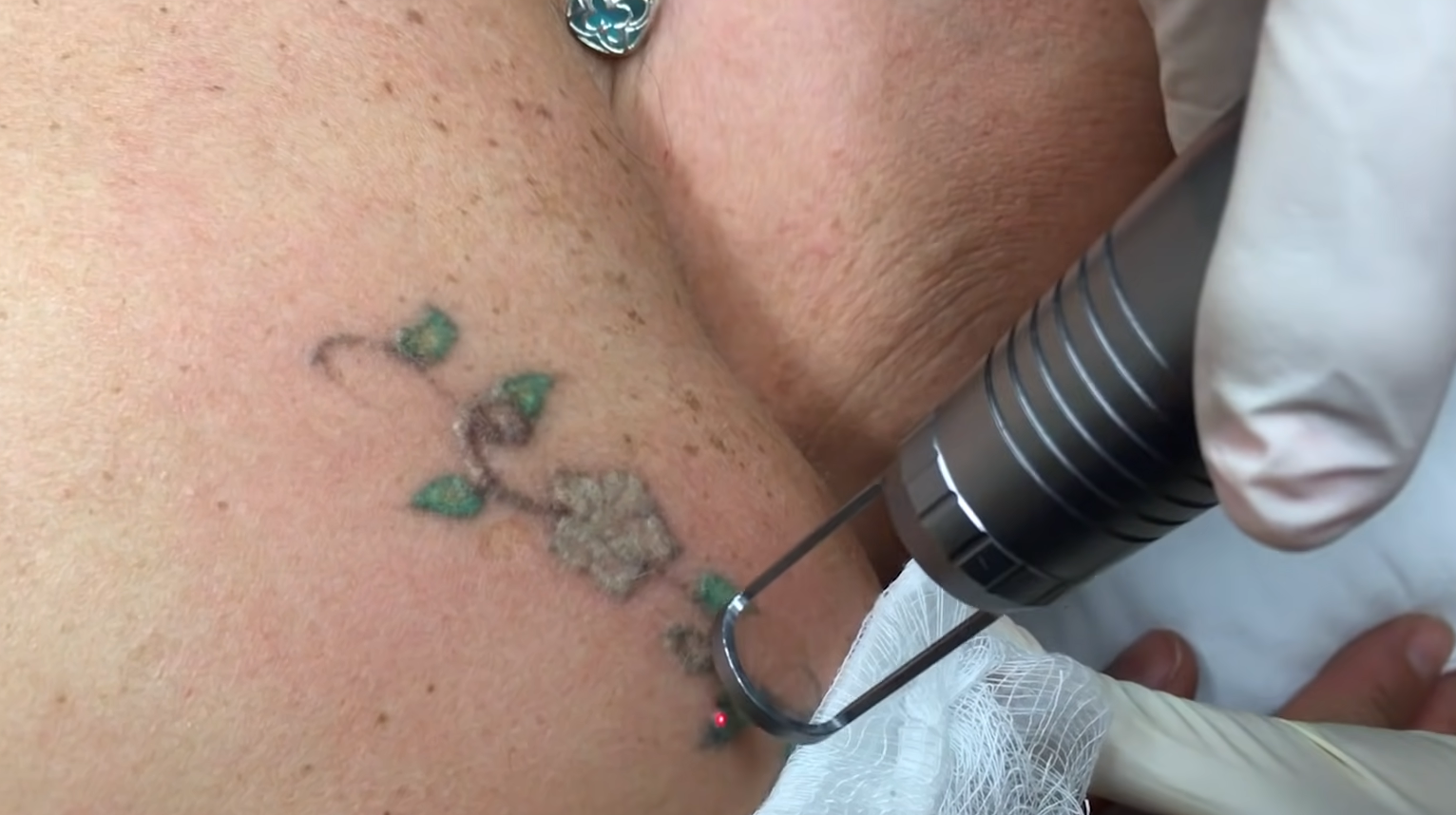
Factors Affecting the Number of Sessions Required
The number of sessions required for tattoo removal is influenced by a multitude of factors. Each individual’s case is unique, and what might take a few sessions for one person might take several more for another. The various factors impacting tattoo removal sessions include the color of the tattoo, the type of ink used, the depth of the ink in the skin, the size of the tattoo, and the age of the tattoo. Additionally, the individual’s skin type and immune system response also play a significant role. In the following section, we’ll delve deeper into each of these aspects and discuss how they impact the process of tattoo removal.
Tattoo Size and Complexity
The size and complexity of a tattoo significantly impact the number of laser removal sessions required. Larger and more intricate tattoos naturally have more ink to eliminate, prolonging the removal process.
Beyond size, the complexity of a tattoo can also influence the number of sessions. Tattoos with layered colors, shading, or intricate detail often require more sessions than simpler designs. This is because different colors and types of ink absorb different wavelengths of light, meaning they each need to be targeted separately during the removal process.
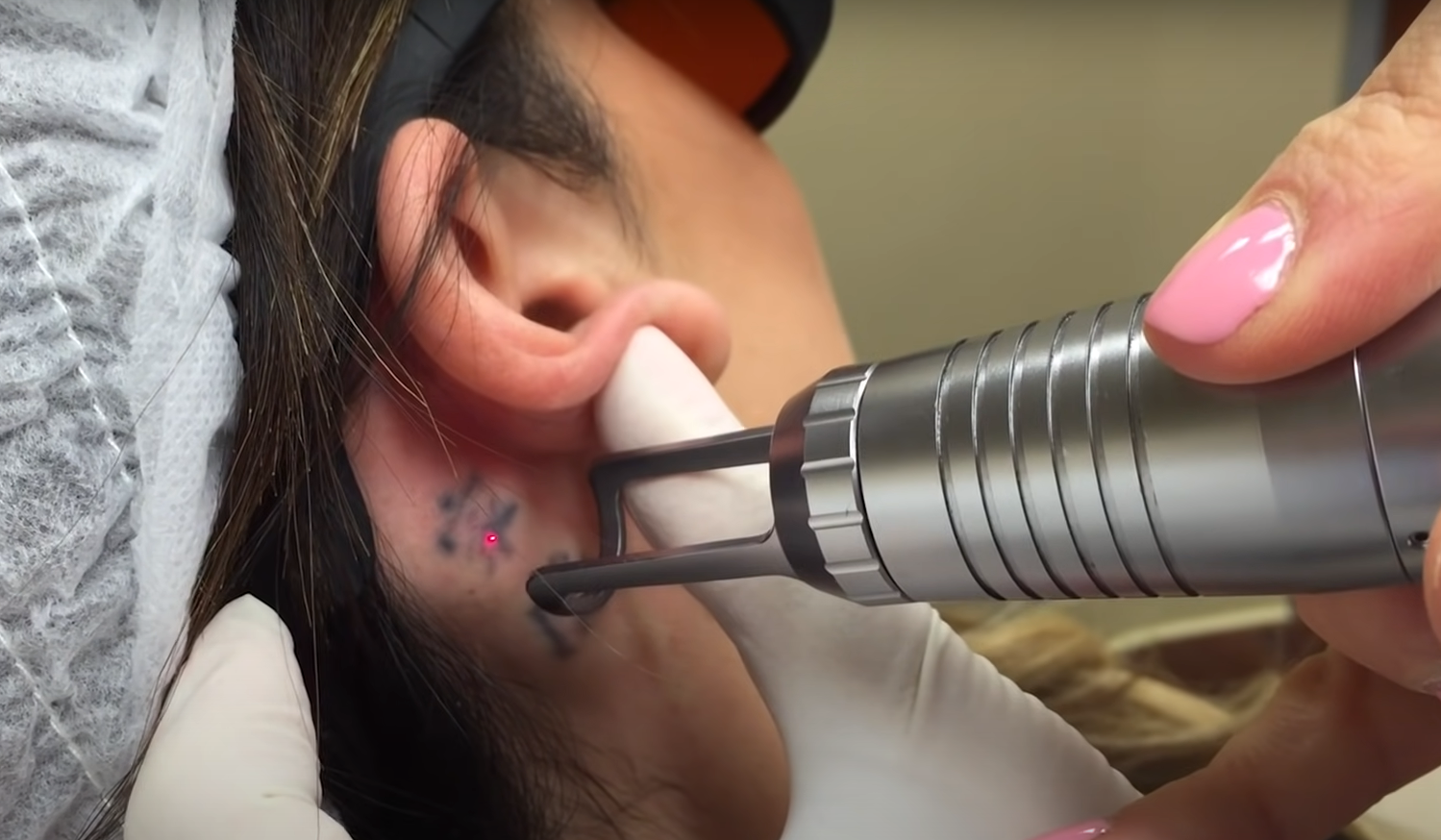
Tattoo Color and Ink Type
The color of a tattoo significantly affects its removability. Black and dark-colored inks are usually the easiest to remove because they absorb all laser wavelengths. This absorption allows the laser to break down the ink more effectively. However, brighter colors such as green, blue, yellow, and especially white, can be more challenging. [1] These lighter pigments absorb less light and require specially calibrated lasers to target them effectively. Sometimes, these colors may not be completely removable or may require many more sessions than darker colors.
Some inks, especially older ones, may contain metallic elements, which can react differently to lasers and might be harder to remove. Similarly, the depth to which the ink has been inserted can also affect removal. Tattoos, where the ink has been inserted deeper into the skin, can be more difficult to erase as the laser must penetrate further to reach and break down the particles.
Location on the Body
The position of a tattoo on the body also plays a role in determining how effective and how long the removal process will be. Different areas of the body respond differently to laser treatments due to variations in skin thickness, blood flow, and proximity to lymph nodes.
Areas of the body with higher blood flow tend to respond better to laser tattoo removal. This is because the body’s immune system aids in flushing out the shattered tattoo ink particles, and the presence of greater blood flow can speed up this process. Tattoos on areas like the chest or neck, which are closer to the heart, might be removed faster than tattoos on hands, feet, or lower legs, where circulation is less robust.
The proximity of the tattoo to the body’s lymphatic system also plays a role in tattoo removal. Our lymphatic system helps in eliminating the broken-down ink particles from the body post-laser treatment. So tattoos closer to major lymph nodes—like the armpits, groin, or neck—can potentially fade quicker than those located further away.
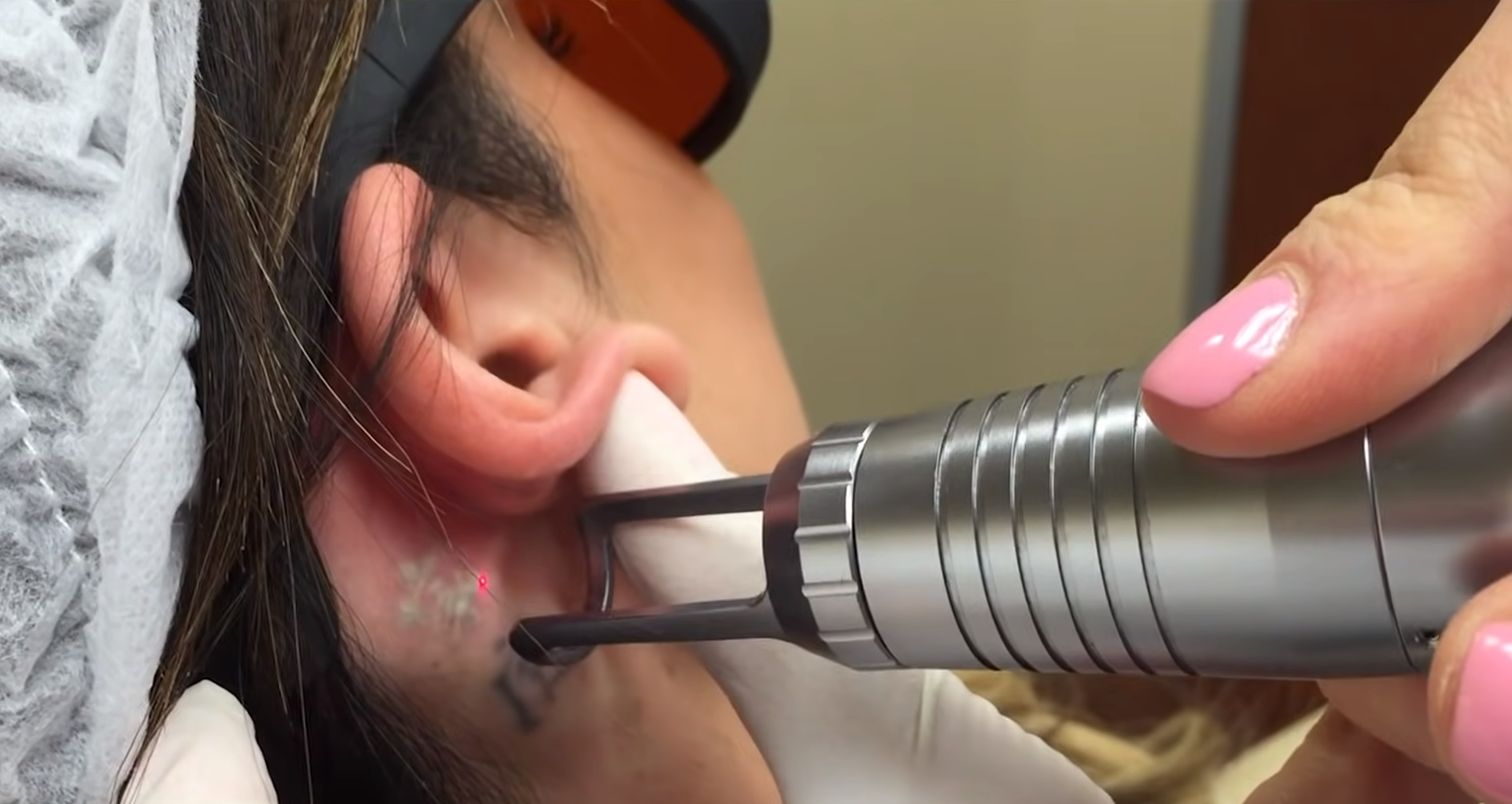
Tattoo Removal Methods
- Laser Tattoo Removal: This is the most widely used and recognized method, often referred to as the gold standard. It involves the use of high-intensity light beams to break down the pigment colors within the tattoo. Various types of lasers, including Q-switched lasers and picosecond lasers, are employed to target different ink colors effectively.
- Dermabrasion: In dermabrasion, the skin is “sanded” away to remove the surface and middle layers, which can help to fade the tattoo. This method can be painful and may result in scarring or changes in skin color.[2]
- Salabrasion: Salabrasion involves rubbing the tattoo with a salt solution to help fade it. Similar to dermabrasion, this method can be painful and may result in scarring or changes in skin color.
- Surgical Removal: This method involves the excision of the tattooed skin, followed by the stitching of the remaining skin to close the wound. It is typically only recommended for small tattoos due to potential scarring.
- Tattoo Removal Creams: Certain creams declare to diminish tattoos by either bleaching or exfoliating the top layer of skin. However, their effectiveness is questionable and they may cause skin irritation or changes in skin color.
- Tattoo Cover-Up: A cover-up involves getting a new tattoo to hide the old one. This method does not remove the tattoo but can be a good option for those who regret their tattoo but are open to getting a new one.
Typical Number of Sessions
The number of sessions needed can vary greatly from one individual to another and is influenced by several factors. These aspects include a person’s age, skin type, the size and color of the tattoo, its location on the body, as well as the depth and type of ink that was used for the tattoo. However, to provide a ballpark estimation, most professional tattoos typically require around 6 to 15 sessions for complete removal using laser treatment. These sessions are spaced out with a minimum of 6 to 8 weeks in between to allow the skin to heal, and for the body’s immune system to flush out the broken-down ink particles. [3]
Non-professional or homemade tattoos may require fewer sessions, often around 1 to 6, due to less concentrated ink and lesser depth of application. For other tattoo removal methods like dermabrasion, salabrasion, and surgical removal, the number of sessions will also depend on the size and location of the tattoo and the person’s healing process.
Healing and Recovery Time Between Sessions
This period can vary from person to person, depending on several factors like the individual’s overall health, the size and location of the tattoo, and the removal method used. However, typically, a healing period of 6 to 8 weeks is recommended between laser tattoo removal sessions.
During this time, the body’s immune system is hard at work, flushing out the broken-down ink particles from the body. The skin in the treated area also needs time to heal and regenerate. Hastening the tattoo removal process can elevate the risk of experiencing side effects, such as skin discoloration, infection, or scarring. Consequently, it is essential to allocate sufficient time between sessions to enable the body to heal adequately.
Post-treatment care is also important during this recovery period. This may include cleaning the area with a gentle, fragrance-free soap, applying a prescribed ointment, and keeping the area covered with a clean bandage for the initial few days post-treatment. Additionally, it’s advisable to steer clear of sun exposure and strenuous physical activities that might irritate the treated area during the tattoo removal process.
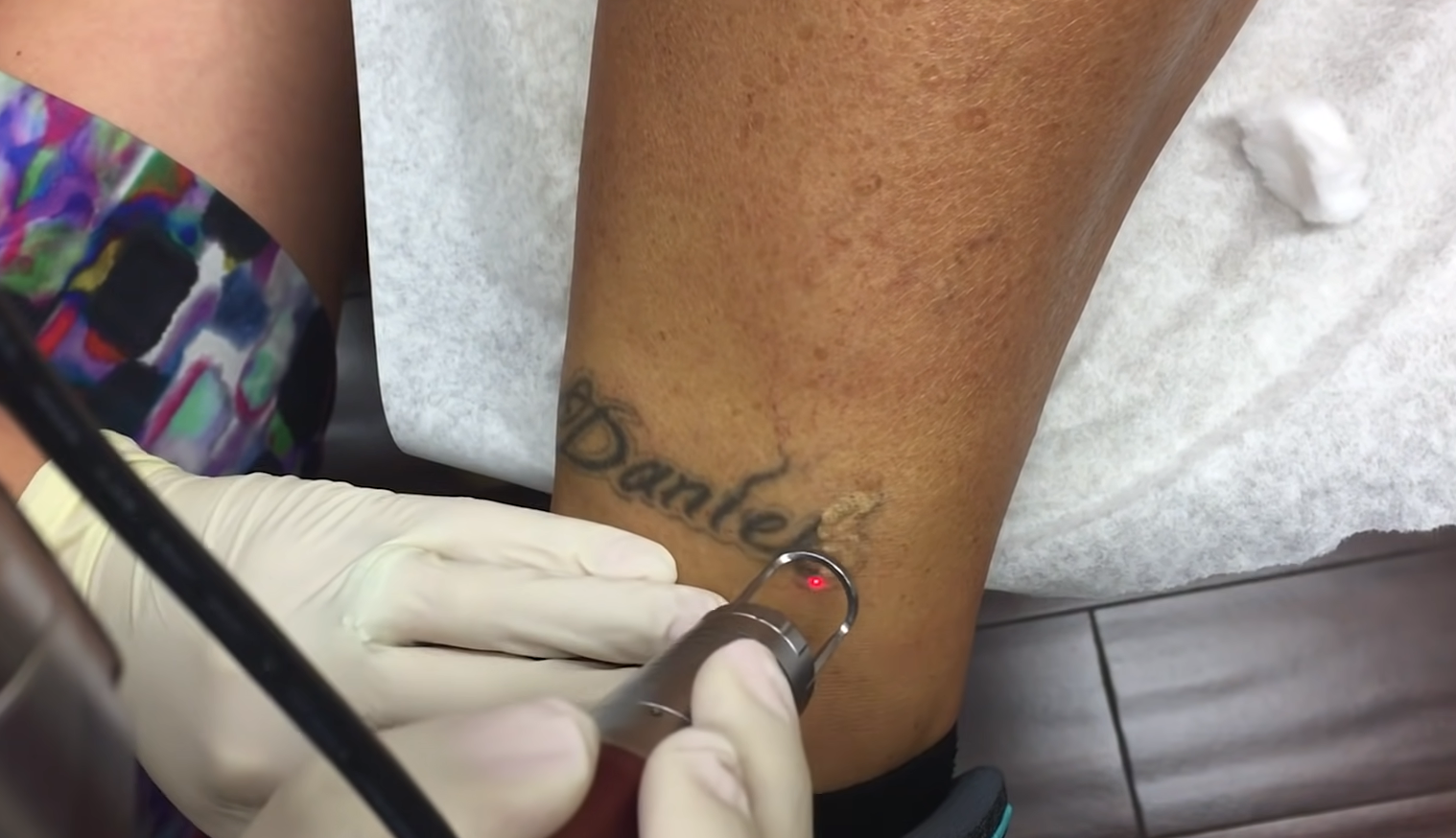
Factors That Can Speed Up or Slow Down Removal
- Age of Tattoo: Older tattoos tend to fade faster than newer ones because the ink has already had time to break down and fade naturally.
- Ink Quality: The removal of high-quality ink can be more challenging compared to lower-quality ink, and the depth at which the ink was originally applied can also impact the removal process.
- Tattoo Size and Color: Larger tattoos with more ink will take longer to remove. Certain colors are also harder to remove – typically, black ink is the easiest to remove, while colors like green and blue can be more challenging.
- Location of Tattoo: Tattoos located further from the heart can take longer to remove due to slower circulation.
- Skin Type: Individuals with lighter skin typically see better results because the laser can target the ink more easily.
- Lifestyle Factors: Smoking can slow down the removal process as it reduces circulation, while regular exercise and a healthy diet can help accelerate the process by boosting the immune system and improving circulation.
- Aftercare: Adhering to the recommended aftercare instructions can expedite the healing process, thus accelerating the overall tattoo removal process.
Each person’s tattoo removal process is unique and can be influenced by a combination of these factors. Therefore, it’s essential to consult with a professional to get a better understanding of what to expect in your specific situation.
Cost Considerations
The cost of tattoo removal can vary widely based on factors such as the size of the tattoo, the colors used, the type of ink, the depth of the ink, and your geographical location. On average, sessions can range from $200 to $500 per session, and remember, multiple sessions are typically needed to fully remove a tattoo. [4] Furthermore, most health insurance plans do not cover tattoo removal as it is considered a cosmetic procedure. Therefore, it’s essential to factor in the cumulative cost of all estimated sessions. Some clinics may offer packages or payment plans which can make the procedure more affordable. As always, it’s best to consult with several providers to compare prices and options.
Frequently Asked Questions
Can a small tattoo be removed in one session?
While it would be convenient, it’s unlikely for a tattoo, regardless of its size, to be completely removed in just one session. Tattoo ink is usually placed deep in the dermis layer of the skin. Laser tattoo removal works by breaking down this ink into smaller particles, which are then naturally eliminated by the body’s immune system. This process takes time, and multiple sessions are typically needed to achieve significant fading or complete removal. The exact number of sessions required depends on various factors, including the ink color, the age and size of the tattoo, the type of ink used, and the individual’s overall health.
How long does it take to remove a little tattoo?
The time it takes to remove a smaller tattoo can still vary greatly depending on several factors. While smaller size might mean fewer sessions compared to larger tattoos, typically, it can still take anywhere from 3 to 10 sessions spaced 6 to 8 weeks apart for complete removal. This equates to an overall time of several months up to a year or more. Factors such as the color and type of ink, the age of the tattoo, the depth of the tattoo ink, and individual health and lifestyle factors can influence the timeline.
How many visits does it take to remove a small tattoo?
The number of visits required to remove a small tattoo can vary significantly depending on several factors, including the tattoo’s color, age, location, type of ink used, and the person’s overall health. However, on average, it may take between 3 to 10 sessions spaced about 6 to 8 weeks apart for complete removal. It’s crucial to remember that each person’s tattoo removal process is unique, and a professional consultation is the best way to get an accurate estimate for your specific tattoo and circumstances.
Can tattoos be removed in 2 sessions?
While it may be tempting to hope for quick tattoo removal, it’s generally not possible to completely remove a tattoo in just two sessions, regardless of its size or color. The laser technology used in tattoo removal works by breaking down the tattoo ink into tiny particles, which are then naturally cleared away by the body’s immune system. This process, however, takes time and multiple sessions to be effective. Each session only targets a small fraction of the tattoo ink, and sessions must be spaced out by several weeks to allow the skin to heal and the body to flush away the ink particles. Therefore, while some fading might be noticeable after two sessions, complete removal will likely require additional sessions. As always, the number of sessions required will depend on several factors, including the size, color, location, and age of the tattoo, the type of ink used, and individual health factors.
Useful Video: Tattoo Removal: How Many Sessions Does it take?
Conclusion
Tattoo removal is a complex process influenced by myriad factors, including tattoo specifics and individual health attributes. It’s a time-consuming, patient procedure, often stretching over several months, even for smaller tattoos. However, armed with the right knowledge and expectations, the journey can be smoother and less daunting. Despite the multiple sessions, cost considerations, and aftercare requirements, it remains a viable option for those seeking to erase their ink for personal or professional reasons. Always consult a professional to understand your unique removal process and remember, in the world of tattoo removal, patience is indeed a virtue.
References:
- https://removery.com/blog/how-lasers-react-to-different-colors-of-ink/
- https://www.femina.in/beauty/skin/ways-to-remove-a-permanent-tattoo-62083.html
- https://www.westlakedermatology.com/blog/9-factors-that-determine-tattoo-removal-success/
- https://www.lutronic.com/us/news-and-media/blog/laser-tattoo-removal/



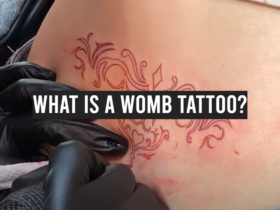

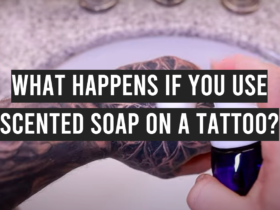
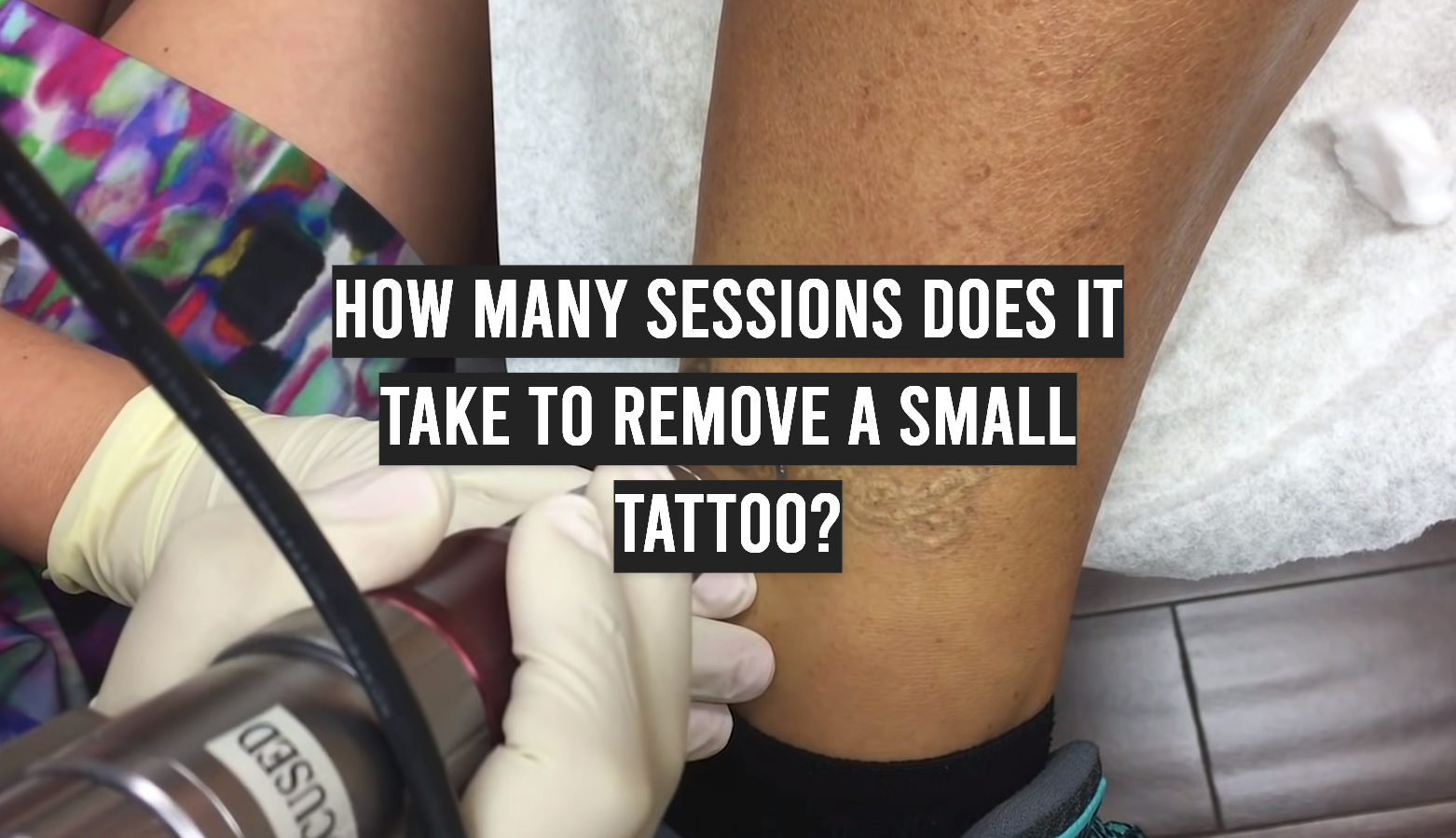
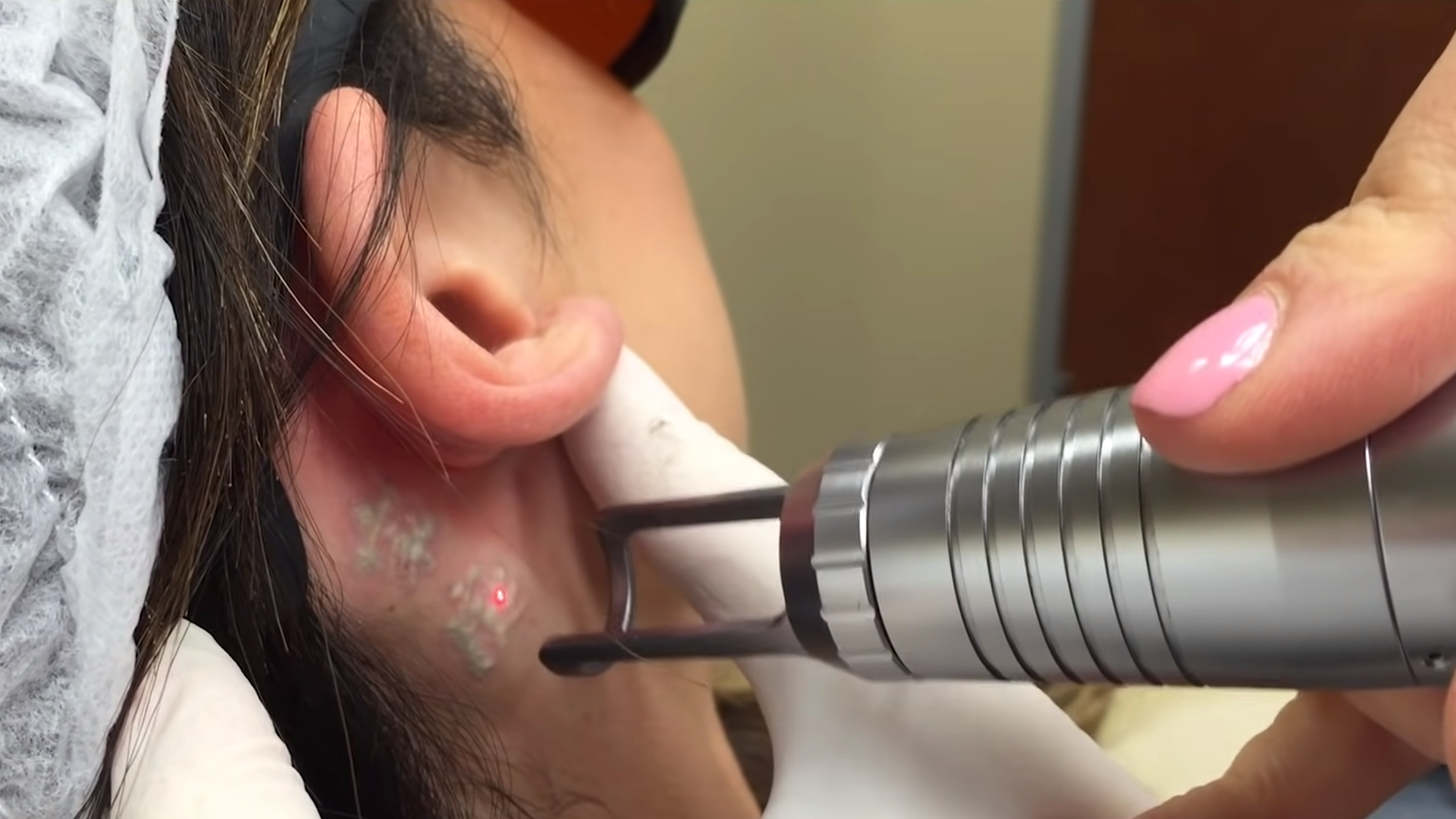

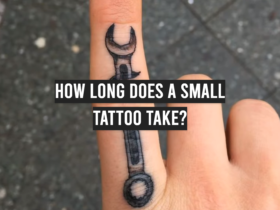

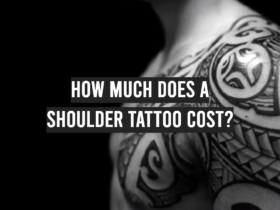
Leave a Review